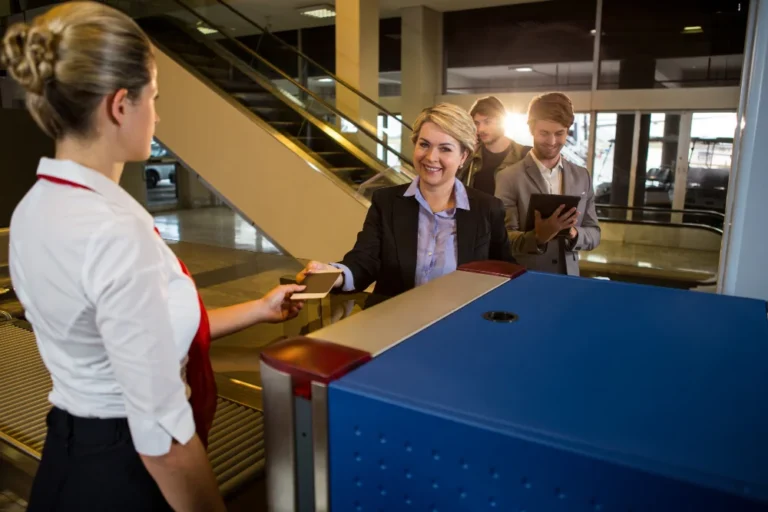How Modern Life Vests Ensure Safety in the Skies?
Travel by air is one of the safest forms of travel. Yet, emergencies can happen. Preparation for the unexpected is always in place, with safety measures. Of these, life vests are the most important. While simple, they are carefully crafted to save lives. They’ve become lighter, smarter, and more reliable over time.
The Role of Life Vests on Aircraft
Every day, airplanes cross oceans and large bodies of water. If you have to land on water in an emergency, you need to have life vests. The vests assist passengers to stay buoyant until help arrives. Unlike regular life jackets, those on planes are small. Ready to use when needed, they are stored under seats or within armrests. They are designed to be quickly worn, even under stressful conditions.
They have adjustable straps and simple mechanisms that make them fit securely to passengers of all sizes, and they make sure they are effective in an emergency. The material is designed to inflate quickly, and their bright colors make them easy to find but easy to find is not easy to hold.
Evolution of Safety Standards
Decades ago, life vests were bulkier. They lacked the advanced materials and clever features of today’s models. Over time, engineers worked to improve them. Now, they are lightweight and made from durable materials. They resist wear and tear while ensuring buoyancy in water.
The bright colors of the vests, usually yellow or orange, make them easy to spot in the water. Reflective strips add to their visibility, especially in low light. This attention to detail can make a big difference during rescue efforts.
Easy-to-Use Features
In emergencies, time is critical. Modern life vests are designed for ease of use. Clear instructions are printed directly on them. Most have adjustable straps to ensure a secure fit. Passengers can quickly fasten them, regardless of size or age.
Inflation is simple, too. Most vests include a manual inflation tube and an automatic inflator. Some even feature a pull cord that triggers inflation immediately. If one system fails, there’s always a backup. These features offer peace of mind in high-pressure situations.
Technology Meets Safety
Technology has enhanced many aspects of life, including life vests. Some newer models include built-in lights. These activate automatically when they come in contact with water. This makes it easier for rescue teams to locate individuals at night.
Certain vests are now equipped with emergency beacons. These send out distress signals, helping rescuers pinpoint exact locations. While not standard on all vests, these innovations show how safety gear continues to improve.
Regulatory Oversight and Testing
Before life vests are approved for use on aircraft, they undergo strict testing. This ensures they meet international safety standards. Tests include durability checks, inflation reliability, and buoyancy tests. Only the most reliable vests make it onboard. Manufacturers constantly adapt to new regulations. They incorporate feedback from the aviation industry and safety experts. This ensures passengers always have access to the best possible safety equipment.
Comfort and Accessibility
Comfort is a significant factor in modern life vest design. Passengers need to be able to wear them for extended periods if necessary. Designers consider this while maintaining a balance between comfort and safety.
Accessibility is another key focus. Vests are stored in easy-to-reach locations. Flight attendants provide clear instructions during pre-flight safety demonstrations. Passengers are encouraged to familiarize themselves with the process, even though it’s rarely needed.
Addressing Common Misconceptions
Many people underestimate the importance of life vests on flights. Some assume they are unnecessary or outdated. However, they remain a critical part of onboard safety equipment. History has shown that, in rare cases, they have saved lives. Their presence provides an added layer of security.
Beyond the Basics
Aircraft life vests are part of a larger safety system. Combined with emergency slides, rafts, and trained crew members, they enhance the chances of survival. Their simple design hides the incredible thought and effort behind their creation. Each feature has a purpose, and every detail is intentional, contributing to overall efficiency, safety, and functionality.
Conclusion
Modern life vests reflect the progress of aviation safety. They blend simplicity with advanced technology to ensure passengers are protected. While emergencies in the air are rare, being prepared for them is crucial. Life vests stand as a testament to the care and effort invested in keeping every journey safe.




